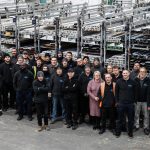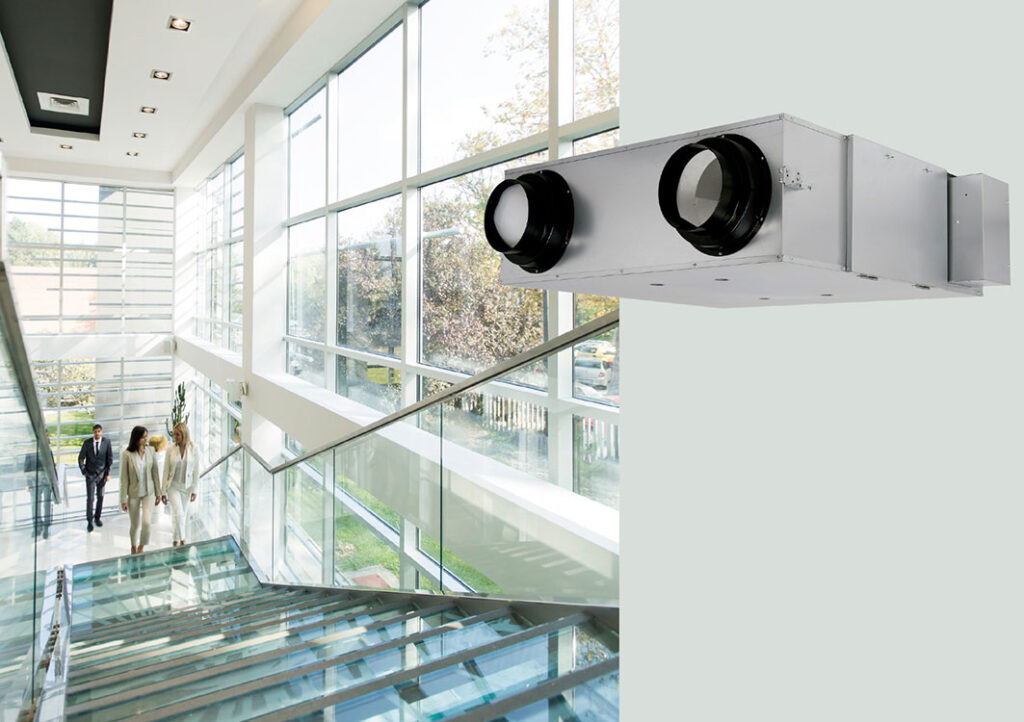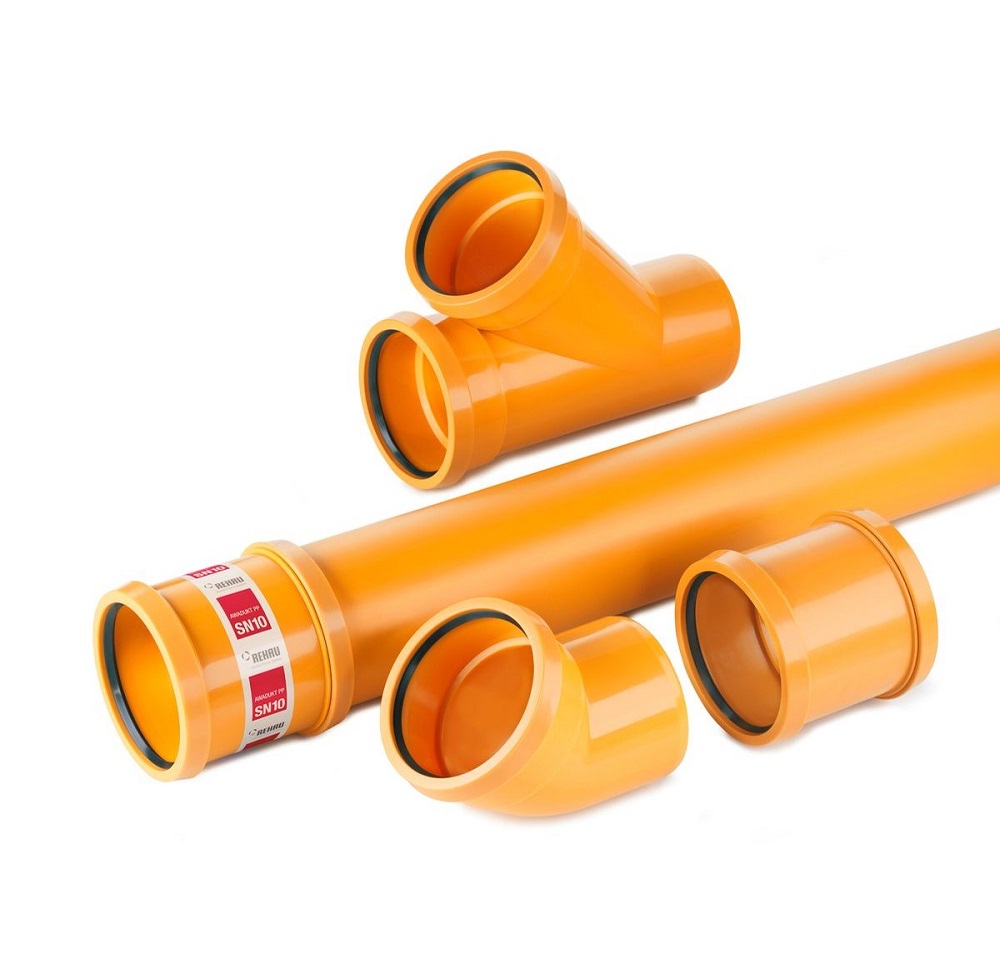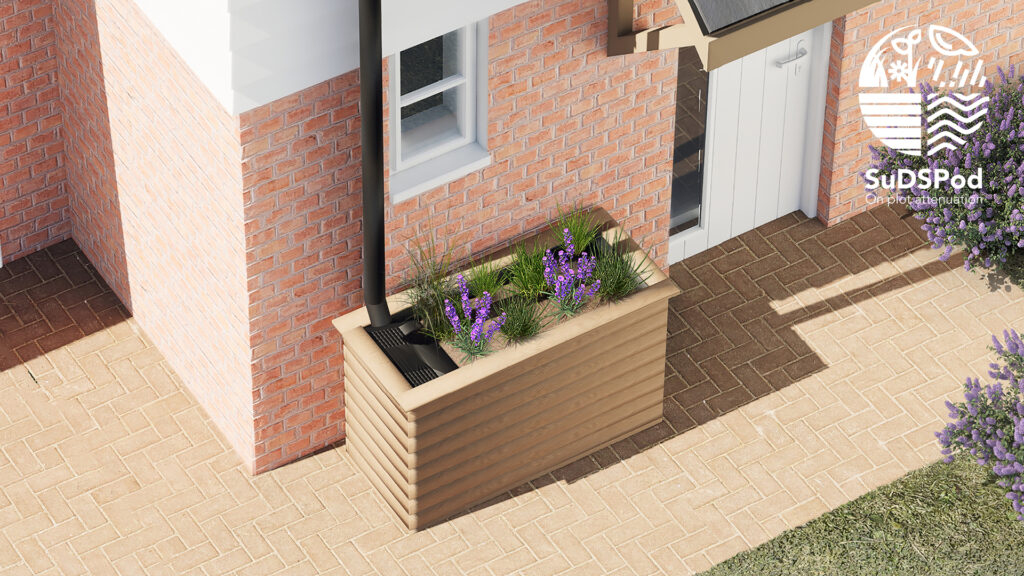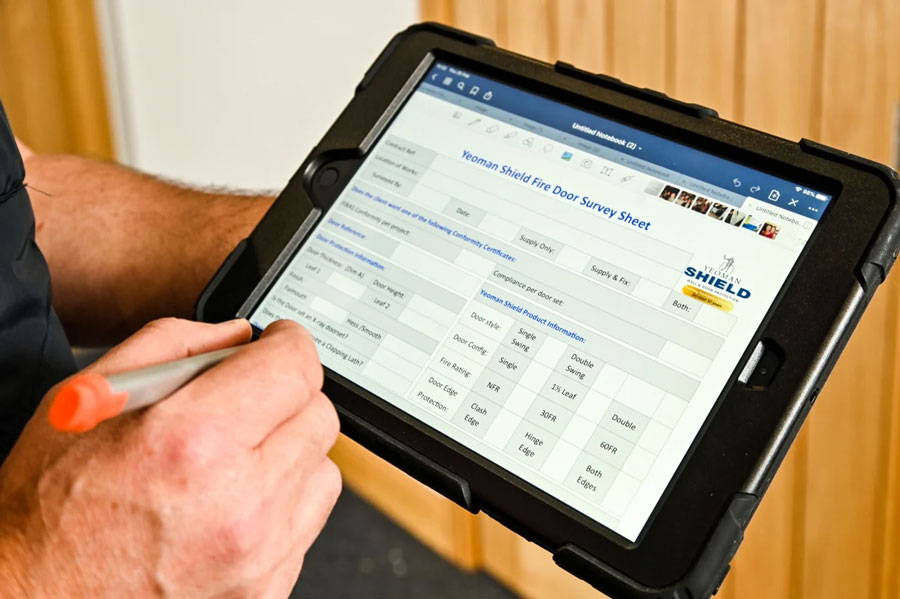UKGBC launches infographics for industry’s sustainability performance across five areas

 The UK Green Building Council (UKGBC) has launched a series of online infographics designed to profile ‘The State of Sustainability in the UK Built Environment’. The specially commissioned project provides an accessible overview of the industry’s sustainability performance and impact across five priority areas:
The UK Green Building Council (UKGBC) has launched a series of online infographics designed to profile ‘The State of Sustainability in the UK Built Environment’. The specially commissioned project provides an accessible overview of the industry’s sustainability performance and impact across five priority areas:
- Climate change
- Resource use
- Nature and biodiversity
- Health and wellbeing
- Socio-economic impact
With input from wide-ranging stakeholders, including a significant number of UKGBC’s own members such as Arup, BRE and University of Leeds, the project has brought existing datasets together alongside some data that was previously unpublished.
UKGBC viewed the project outputs as an important step in clarifying the scale of the sustainability challenge facing the built environment industry.
Stand out stats include:
- 22% of UK carbon emissions come from the operational and embodied carbon of the built environment
- 10% of UK carbon emissions come from heating buildings alone
- 3.2 million homes are in areas at risk of flooding from surface water
- Waste from construction, demolition and excavation represents 59% of the total UK waste
- Since 1970 56% of monitored species in the UK have declined
- The health effects of particulate air pollution cost the UK around £16 billion per year
- 11% of occupied homes in England are in serious disrepair
The landmark series was launched at UKGBC’s largest ever event, with over 400 built environment professionals in attendance to celebrate the charity’s 10th year of operation.
Julie Hirigoyen, Chief Executive at the UK Green Building Council, said: “This series of infographics and insight has been produced in response to demand from UKGBC members for clarity and perspective on the journey ahead. I’m incredibly proud of what we’ve produced, but it’s not the whole picture: it’s clear that there’s a large amount of important data that simply isn’t being collected. In many cases, the data that does exist has so much variation in time and scope as to make direct comparisons very tricky.
“This project was designed to bring the data that is available to life, and in collaboration with experts, to highlight where we urgently need to either measure new aspects or take different actions to address the magnitude of the challenges we face.
“Now more than ever, our industry must show leadership and galvanise around some of these issues. We need bold and decisive action to make sustainable development truly second nature in the built environment.”





